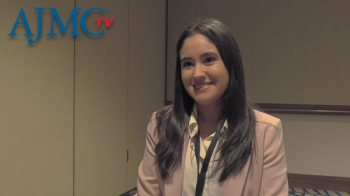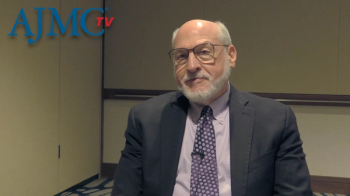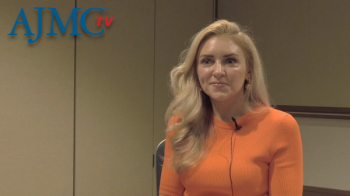
Dr Aimee Tharaldson Outlines Current Key Market Trends in Specialty Pharmacy
Current key market trends include biosimilar, cancer, and orphan drug approvals, explained Aimee Tharaldson, PharmD, a senior clinical consultant in Emerging Therapeutics for Express Scripts.
Current key market trends include biosimilar, cancer, and orphan drug approvals, explained Aimee Tharaldson, PharmD, a senior clinical consultant in Emerging Therapeutics for Express Scripts.
Transcript
What are some current key market trends in specialty pharmacy?
We’re definitely seeing more approved. So far, 12 biosimilars have been approved, but only 6 of them launched. So, patent litigation is sometimes tying up the actual launch of these products, but we could have 8 more biosimilars approved by the end of the year. So, that’s obviously creating more competition within some of these therapy classes. We’re probably going to have to wait until 2023 before biosimilars to Humira launch, but several other biosimilars including some new cancer biosimilars like Avastin and Herceptin biosimilars will be launched next year. We already have Neulasta and Neupogen biosimilars on the market, so, that’s one area.
We’re also seeing a lot of development for cancer medications. Last year, we had 15 new cancer drugs approved, this year we’ve already had 12 with 4 more that are pending approval. So, we’re seeing a lot of new therapies for cancer. Often time, these are niche patient populations. Many of these are targeted therapies with specific pharmacogenetic testing to identify appropriate patients for therapy. And a lot of these are breakthrough therapies too, so they’re getting to market very quickly.
And then another market trend would be orphan drug development. So these are medications that treat less than 200,000 patients in the United States. Manufacturers are given 7 years exclusivity and some incentives for their development. But in all, there are about 30 million orphan diseases affecting Americans, so it’s very large when you look at it as a group of different orphan conditions.
Many of these orphan drugs become blockbusters—so, annual sales greater than a billion dollars—because they’re so high cost. So, we’re seeing a lot of development focused there. When you look at the specialty pipeline, about 45% of all specialty drugs in development are for orphan conditions. When you bring in cancer, too, that makes them about two-thirds of the pipeline. So, that’s definitely where the market is focused at this point. We’ve had 10 new orphan drugs approved so far this year.
Newsletter
Stay ahead of policy, cost, and value—subscribe to AJMC for expert insights at the intersection of clinical care and health economics.















































